Many businesses produce hazardous waste, but it is important that this is disposed of by professionals. At Willshee’s we offer comprehensive hazardous waste disposal services to suit your needs, whether you need to dispose of one piece of hazardous material, or a warehouse full
However, you may be wondering what actually happens to your hazardous waste once it has been collected. Hazardous waste is disposed of in a variety of ways; thermal, chemical, biological, and physical. In this blog, the expert team at Willshee’s talk you through how each method works.
Chemical waste disposal
Chemical methods include precipitation, oxidation and reduction, ion exchange, and neutralisation. Chemical methods, as well as thermal and biological methods, all work by changing the molecular form of the waste material.
Thermal waste disposal
Thermal disposal of hazardous waste is usually done by incineration. The incineration must be conducted at an extremely high temperature and can be used to both detoxify and destroy waste depending on type. Special thermal equipment such as fluidised incinerators, multiple-hearth furnaces and rotary kilns are used to burn the waste, which can be in solid, liquid, or slush form. However, one of negative to the incineration of hazardous-waste is that it contributes to air pollution.
Biological treatments
Biological treatment is another form of hazardous waste disposal which is suitable for many organic waste types, such as those from the fuel industry. The most-common biological treatment of hazardous waste is landfarming. In landfarming waste is mixed with soil in a designated area of land before special microbes are added. These microbes help with the metabolisation of the waste. Nutrients are sometimes also added, as well as a genetically engineered type of bacteria designed to assist with the process.
Physical treatments
Physical treatments differ from these methods as they concentrate, solidify, or reduce the volume of the waste, rather than altering its molecular form. Physical disposal methods range from evaporation and sedimentation to flotation and filtration.
Solidification
Solidification is one example of a physical method of hazardous waste disposal. This method works by containing the waste in concrete, plastic or asphalt. The encapsulation process results in a solid material which prevents leaching. The waste material can also be mixed with lime, pulverised fuel ash and water to form a product similar to the texture of cement.
Hazardous waste disposal at Willshee’s is incredibly versatile and suitable for a wide range of businesses. We can handle a variety of volumes; from a single bottle right through to bulk loads. When you choose us to help you with your hazardous waste disposal, we provide a comprehensive service from initial analysis right through to transport and disposal.
When it comes to hazardous waste, you should always trust a professional waste disposal team to ensure that your waste is handled as safely as possible. If you have any questions about hazardous waste, then please do not hesitate to get in touch. Simply give us a call today on 01283 702 340 and a member of our friendly and professional team will be more than happy to help. Or you can always send us an email at sales@willshees.co.uk and we will get back to you as soon as possible.

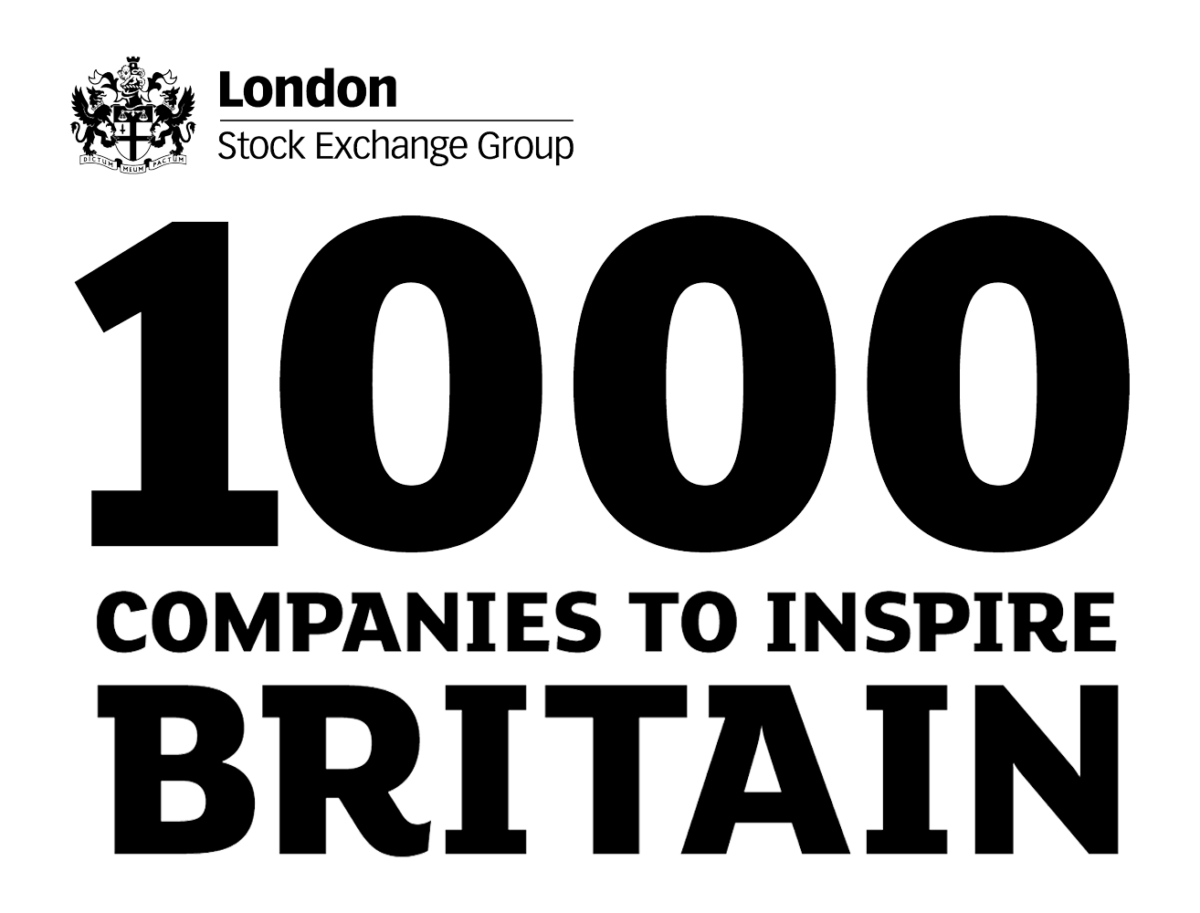
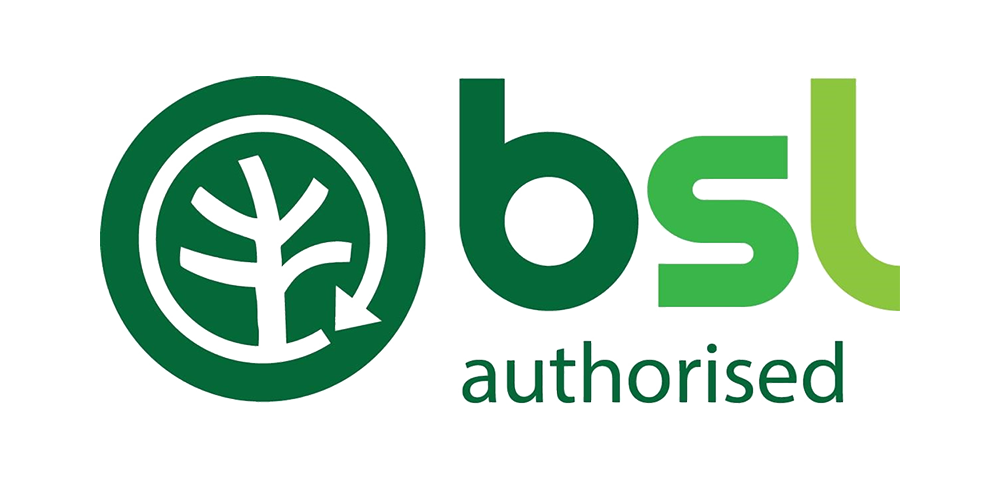


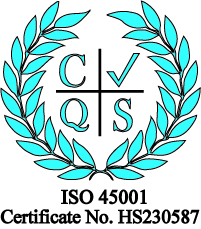
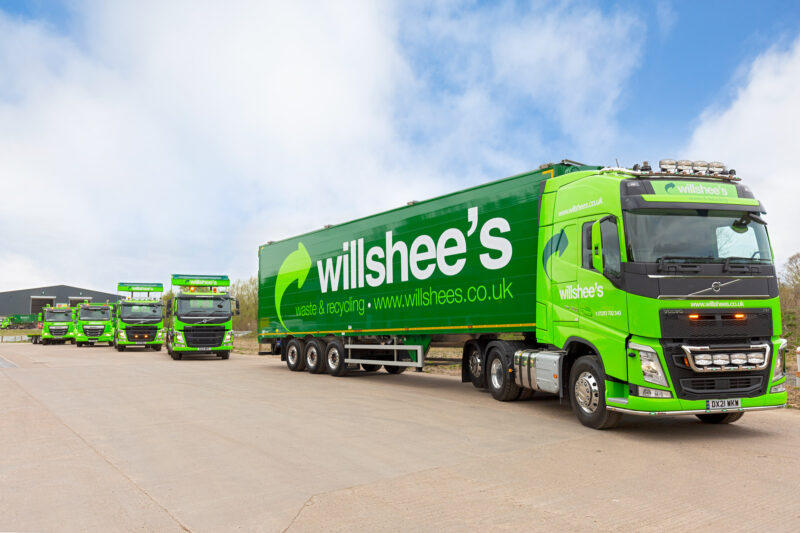
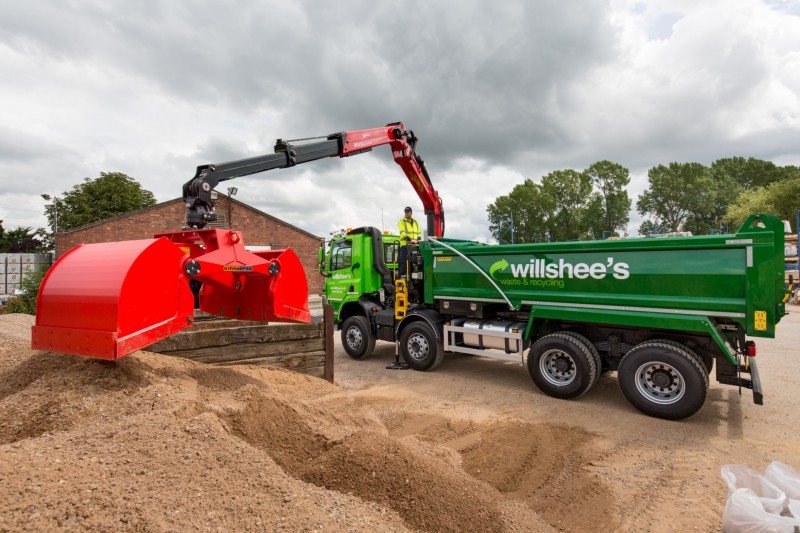

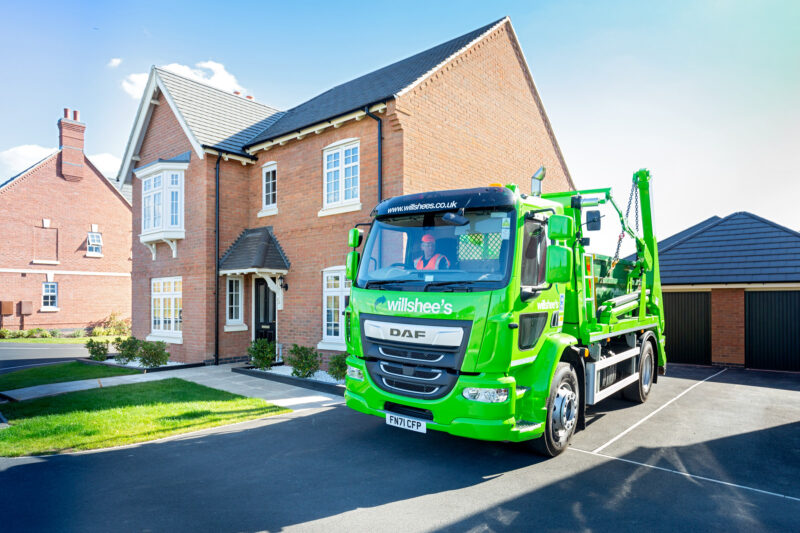
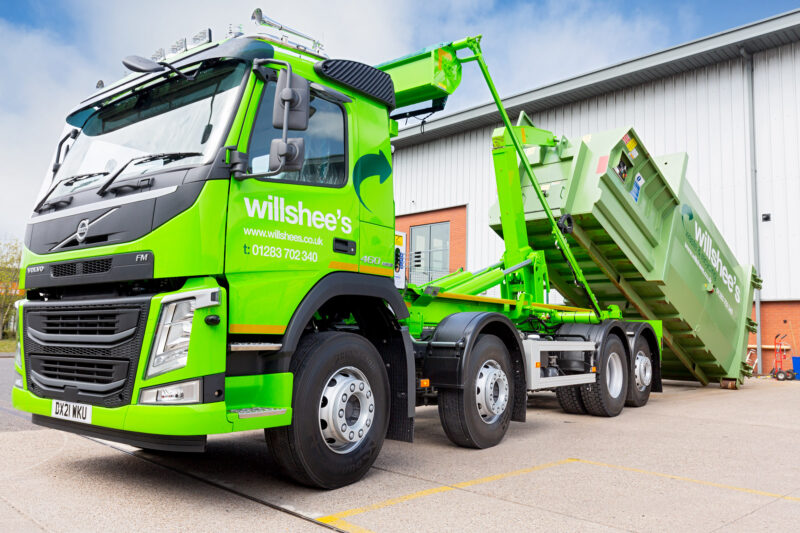
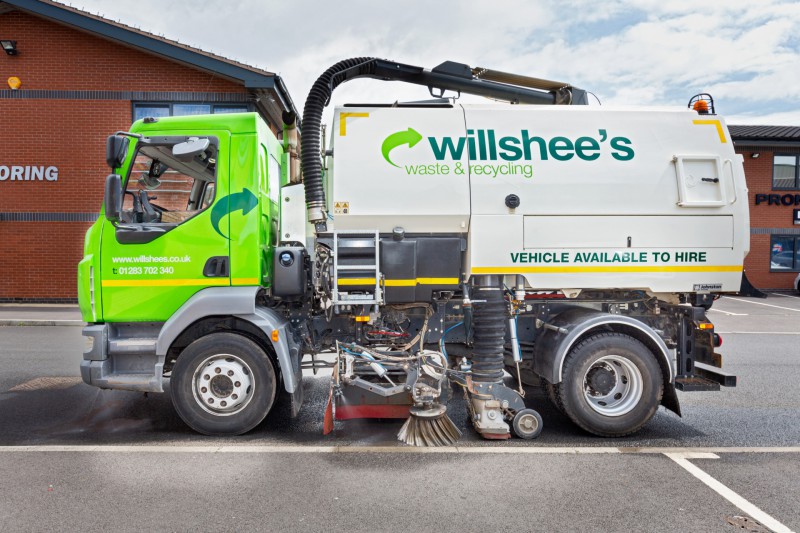
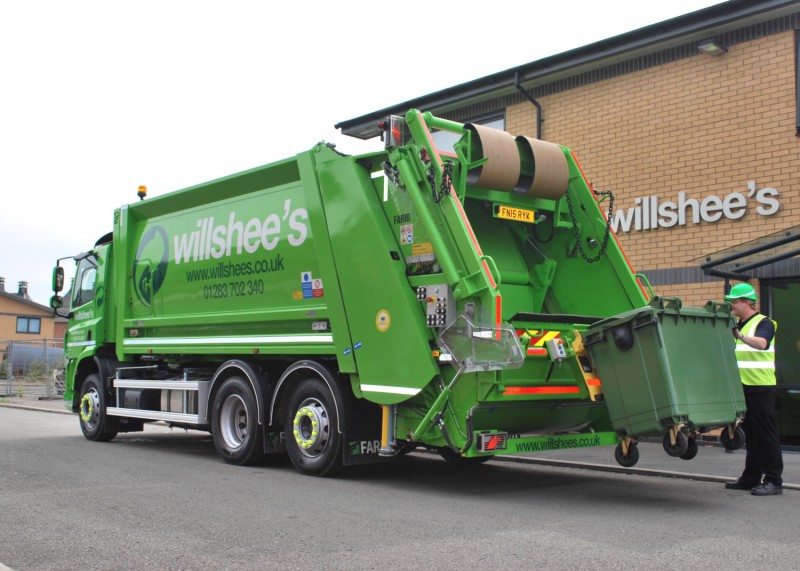
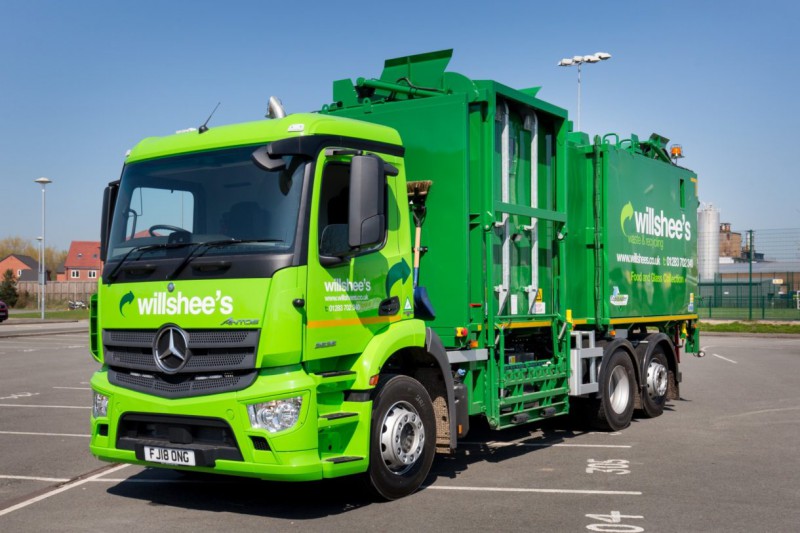
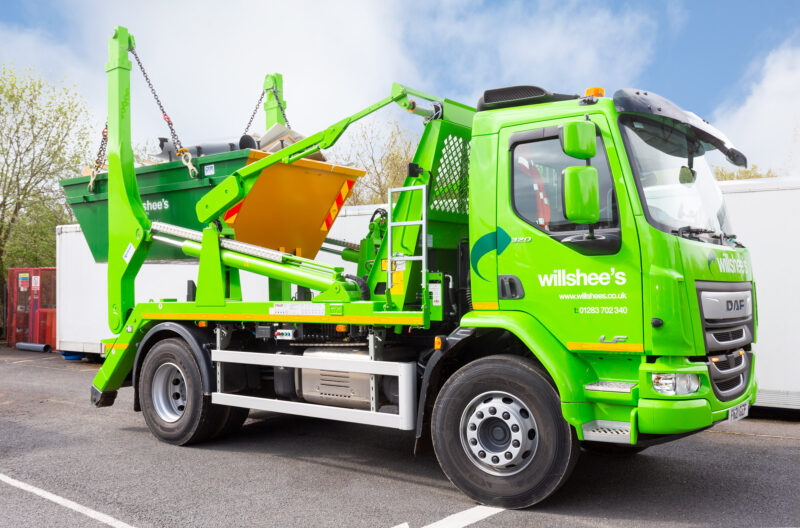
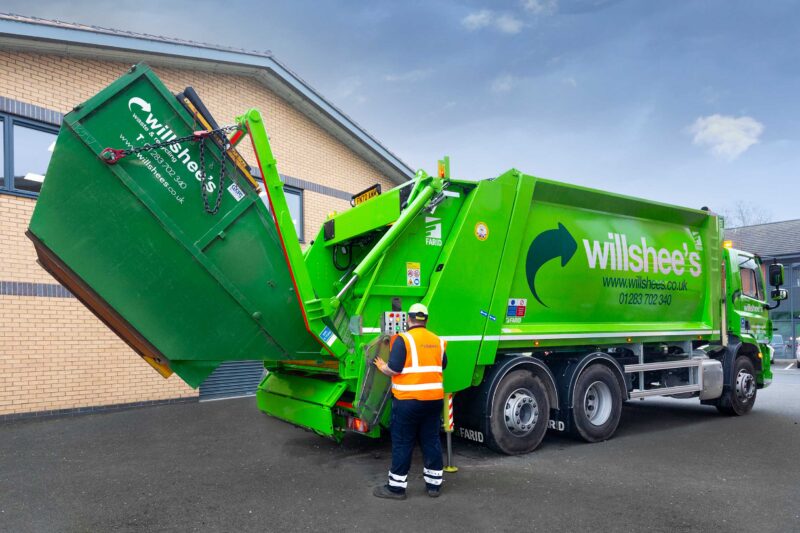
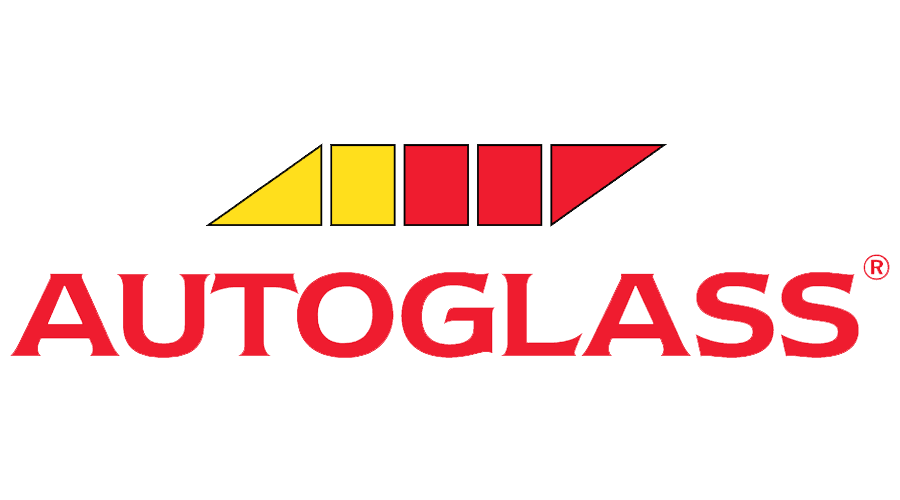


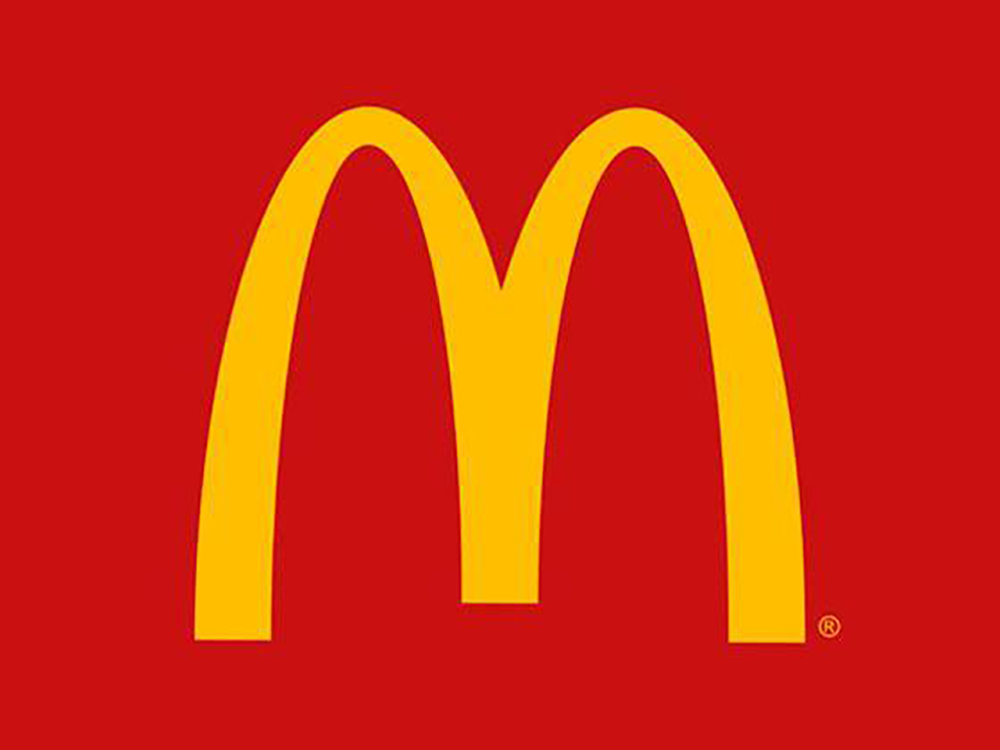


Social